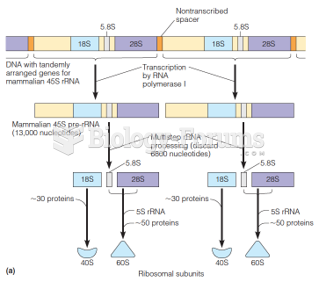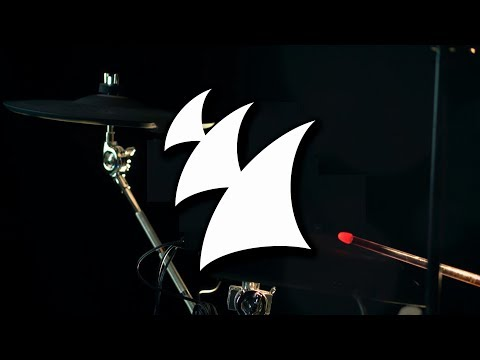Answer to Question 1
Music in the eighteenth century underwent a significant evolutionary explosion, with the rise of instrumental music leading the way. Religious compositions were still in demand, but church music was overshadowed by the vast amounts of music composed for secular entertainment. Innovations in science and technology allowed instrument makers to work at perfecting their craft and products. As composers began to explore the possibilities of instrumental music more fully, the orchestra gradually arose. The Bohemian composer Johann Stamitz is thought to have put together an early version of the orchestra, consisting of groups of related instruments, each with its own character or personality: the strings (violins, violas, cellos, and double basses); the woodwinds (flutes, oboes, clarinets, and bassoon); the brass section (trumpets, and French horns); and the percussion section (timpani).
Musical form also underwent much development. Composers wrote music for a variety of instrumental groupings. The largest of these was the orchestral form known as the symphony, an instrumental composition for full orchestra. In addition to the symphony, three other instrumental genres dominated the Classical era: the concerto; the string quartet; and the sonata. These forms all generally followed the same compositional structure: they were divided into three or four sections, or movements, each of which followed a specific tempo, or musical pace. Almost every first and last movement was composed sonata form (or sonata allegro). Also popular among composers was the form known as theme and variations.
Answer to Question 2
By mid-century, the Neoclassical style came to dominate the arts. The style was marked by the self-conscious revival of Greco-Roman culture. During the seventeenth century, artists of the European academies had resurrected the Classical ideals of clarity, simplicity, balance, and restraint, as configured in the grand manner of Raphael and other High Renaissance masters. A rise in archeological digs of old Greco-Roman sites helped to inspire this stylistic trend. One scholar, Johann Joachim Winckelmann, captured the thought behind Neoclassicism: artists could achieve greatness only by imitating the ancient Greeks, in whose best works there was a noble simplicity and a quiet grandeur. Neoclassicism was the ideal mode of expression for the Enlightenment paradigm of reason, clarity, and ordera style that equated beauty with goodness, virtue, and truth.







